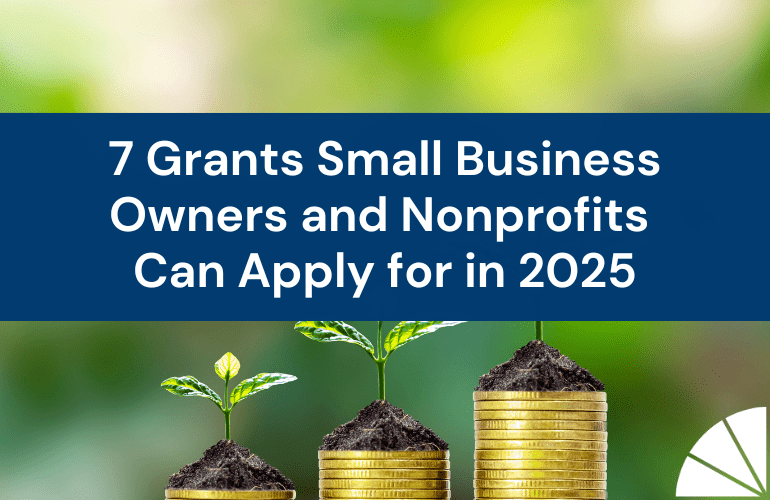
The SBA has issued additional guidance regarding the CARES Act Paycheck Protection Program (PPP) loan for independent contractors and self-employed individuals via the Interim Final Rule – Additional Eligibility Criteria and Requirements for Certain Pledges of Loans. The interim final rule provides some much-needed clarity surrounding the calculation of the PPP loan amount and determination of eligible forgiveness for independent contractors and self-employed individuals.
Calculation of Loan Amount
In general, PPP loan amounts are determined by multiplying average monthly payroll costs by 2.5. For self-employed individuals and independent contractors, the calculation of the loan amount will be determined as follows:
If you have NO employees:
- Determine your 2019 annual net profit (Schedule C, Line 31), up to $100,000
- Divide the 2019 annual net profit by 12 to calculate your average monthly net profit
- Multiple your average monthly net profit by 2.5
If you HAVE employees:
1. Compute your annual payroll costs by adding the following:
- 2019 annual net profit (Schedule C, Line 31), up to $100,000
- 2019 gross wages paid to employees (as reported on quarterly Form 941s, line 5c, column 1), limited to $100,000 per employee
- 2019 employer health insurance contributions (health insurance component of Schedule C, Line 14)
- 2019 employer retirement contributions (Schedule C, Line 19)
- 2019 state and local taxes assessed on employee compensation (i.e. state unemployment)
2. Divide the sum of annual payroll costs above by 12 to calculate your average monthly payroll costs
3. Multiple your average monthly payroll costs by 2.5
Support for Loan Application
Although the specific lenders may have varying requirements, the following is a list of supporting documents for independent contractors and self-employed individuals we believe may be requested based upon the guidance in the interim final rule and previous experience.
- 2019 Form 1040, Schedule C (it was noted in the interim final rule that this will be required even if your 2019 income tax return has not been filed)
- IRS Form 940 and 941’s for 2019 (if a business has payroll)
- A payroll summary report for the 12-month period used to calculate the average monthly payroll, as well as for the payroll period closest to February 15, 2020 to establish you were operational on that date (if a business has payroll)
- 1099’s received
- Documentation to support the health insurance premiums that you paid for the 12-month period used to calculate average monthly payroll (if applicable)
- Documentation to support the retirement benefit costs that you paid for the 12-month period used to calculate average monthly payroll (if applicable)
- Most recent mortgage statement or rent statement (lease) for the period evidencing you were operational on February 15, 2020
- Utility bills for the period evidencing you were operational on February 15, 2020 (electric, gas, telephone, internet, water)
- Some banks may also request copies of tax returns and other financial information, yet to be determined
- Copies of driver’s licenses for any borrowers
Forgiveness of Loan Amount
In general, forgiveness of loans under the PPP will be determined over an 8-week period following the loan being granted and is based upon the use of the loan proceeds for payroll costs (including health insurance premiums and retirement contributions) as well as rent, mortgage and other qualified interest, and utilities. However, not more than 25% of the loan forgiveness may be attributable to non-payroll costs. The amount eligible for forgiveness is subject to adjustment based upon reduction in employee headcount and compensation levels for those with employees.
For independent contractors and self-employed individuals without employees, the amount of the loan forgiven will be based on a proration of the net profit from the 2019 Schedule C, line 31, by dividing this amount by 52 weeks and then multiplying the weekly amount by 8 for the 8-week period. In addition, any amounts paid for rent, mortgage and other qualified interest, and utilities over this 8-week period will be eligible for forgiveness, but only to the extent that the obligations giving rise to those expenses were incurred and reflected on the 2019 Schedule C.
Any amounts not forgiven will become a 2-year loan, with annual interest at 1% and repayments deferred for the first 6 months.
We hope that this information gives independent contractors and self-employed individuals some additional clarity regarding how to calculate their eligible PPP loan amount and amounts eligible for forgiveness. If the LGA Cares Team can be of any further assistance to you, please reach out to lgacares@lgallp.com and someone will contact you just as soon as possible.
by Matthew Touma, CPA





